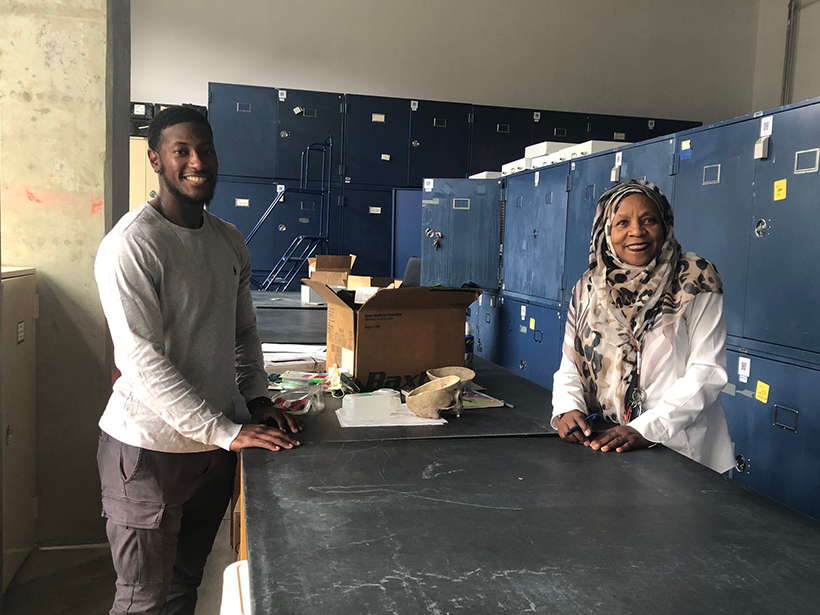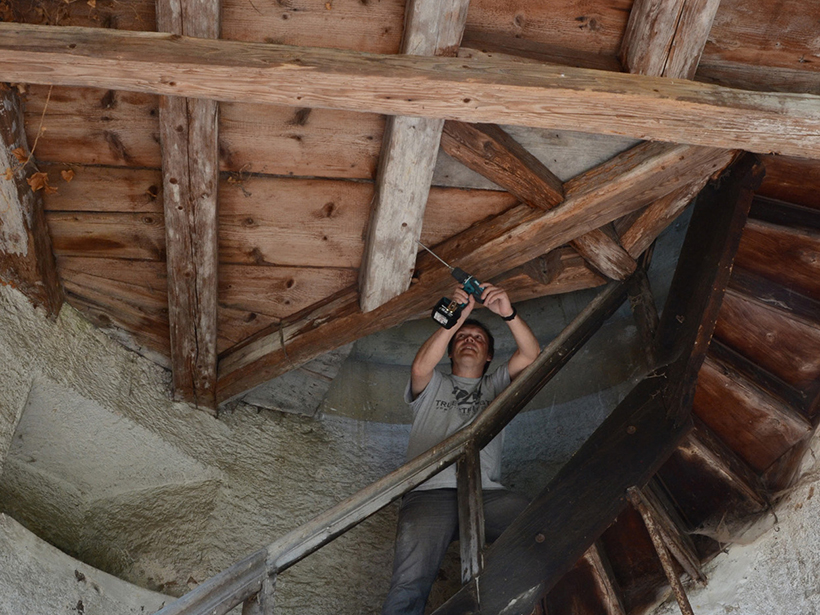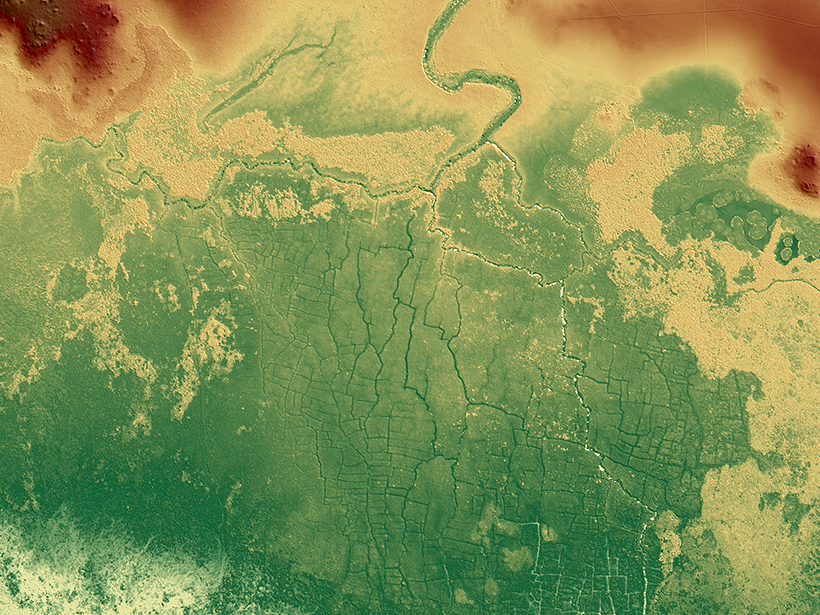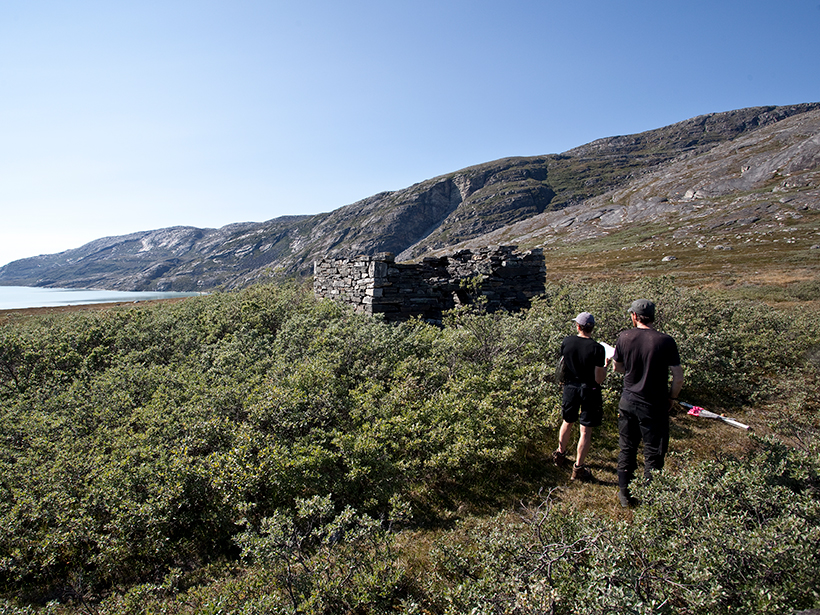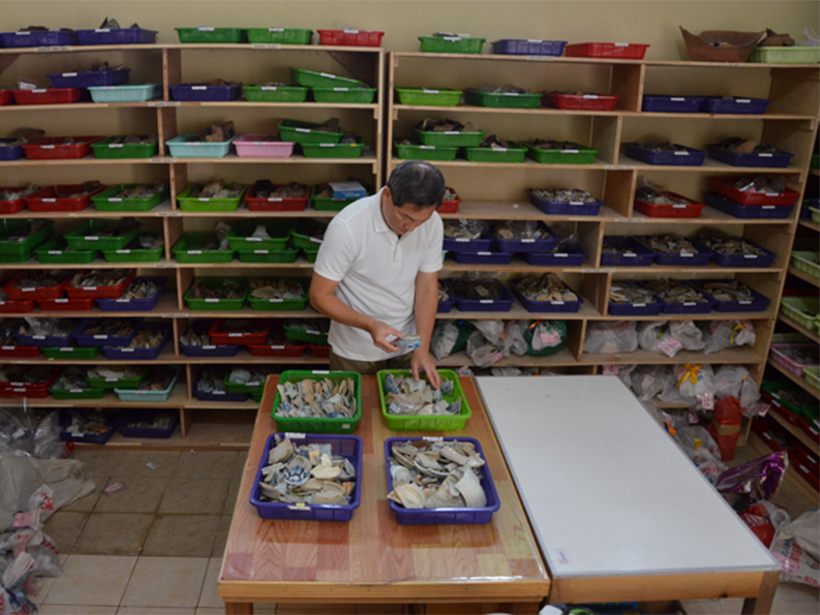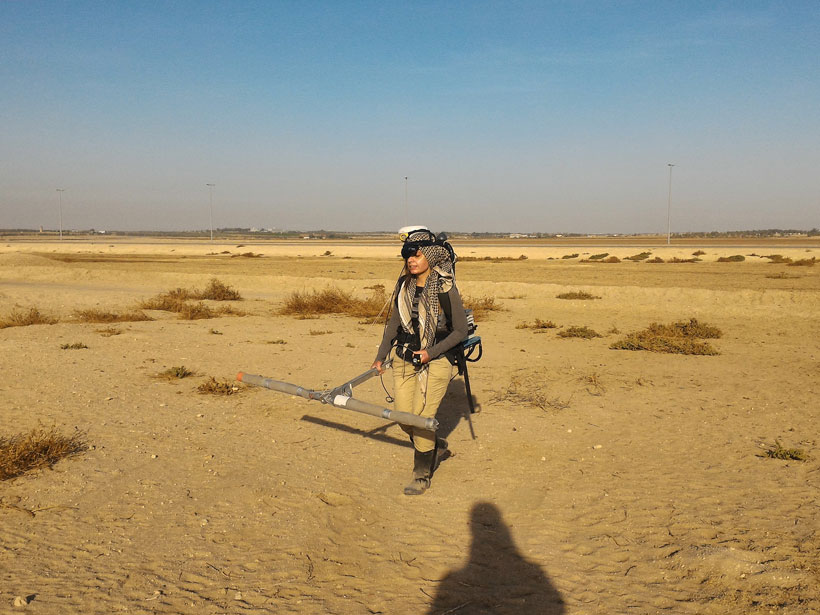Scientists are using grave soil to reconstruct the lives of enslaved Africans in colonial New York.
archaeology
Poor Water Management Implicated in Failure of Ancient Khmer Capital
Researchers used remote sensing technologies to map Koh Ker’s buried reservoir and calculate its capacity to hold water during the rainy season.
Podcast: Discovering Europe’s History Through Its Timbers
An analysis of timber used to construct buildings in Europe hundreds of years ago is giving scientists and historians new insights into the region’s history from the 13th to 17th centuries.
Ancient Assyrian Aurorae Help Astronomers Understand Solar Activity
Records of aurorae in Mesopotamia from 2,600 years ago are helping astronomers understand and predict solar activity today.
Ancient Maya Farms Revealed by Laser Scanning
One agricultural network was 5 times larger than earlier estimates, and the fields may be an early source of human-caused greenhouse gas emissions.
Global Warming Is Conquering the Vikings
Ancient Arctic artifacts are disappearing as warming unfurls.
Ceramics Trace a 14th Century Indonesian Tsunami
Archaeological evidence suggests that communities on the northern coast of Sumatra devastated by a tsunami roughly 600 years ago opted to rebuild in the same area, a process repeated in 2004.
Ancient Tsunami Tied to Volcanic Flank Collapse in Italy
Stromboli’s volcanic cone may have suffered multiple flank collapses between the 14th and 16th centuries, triggering tsunamis that led to the abandonment of the island.
Magnetic Surveying Reveals Hidden Ancient Buildings and Streets
Buried buildings subtly distort natural magnetic fields, providing a magnetic surveying team with clues that helped archaeologists map an ancient city.
Neanderthals Likely Ate Rotten Meat
Neanderthals have long been painted as meat-eating machines. But could a new look at a dietary proxy and how it changes when meat rots uncover insights into what these extinct hominids really ate?

